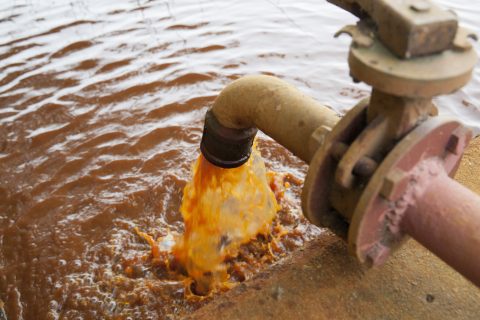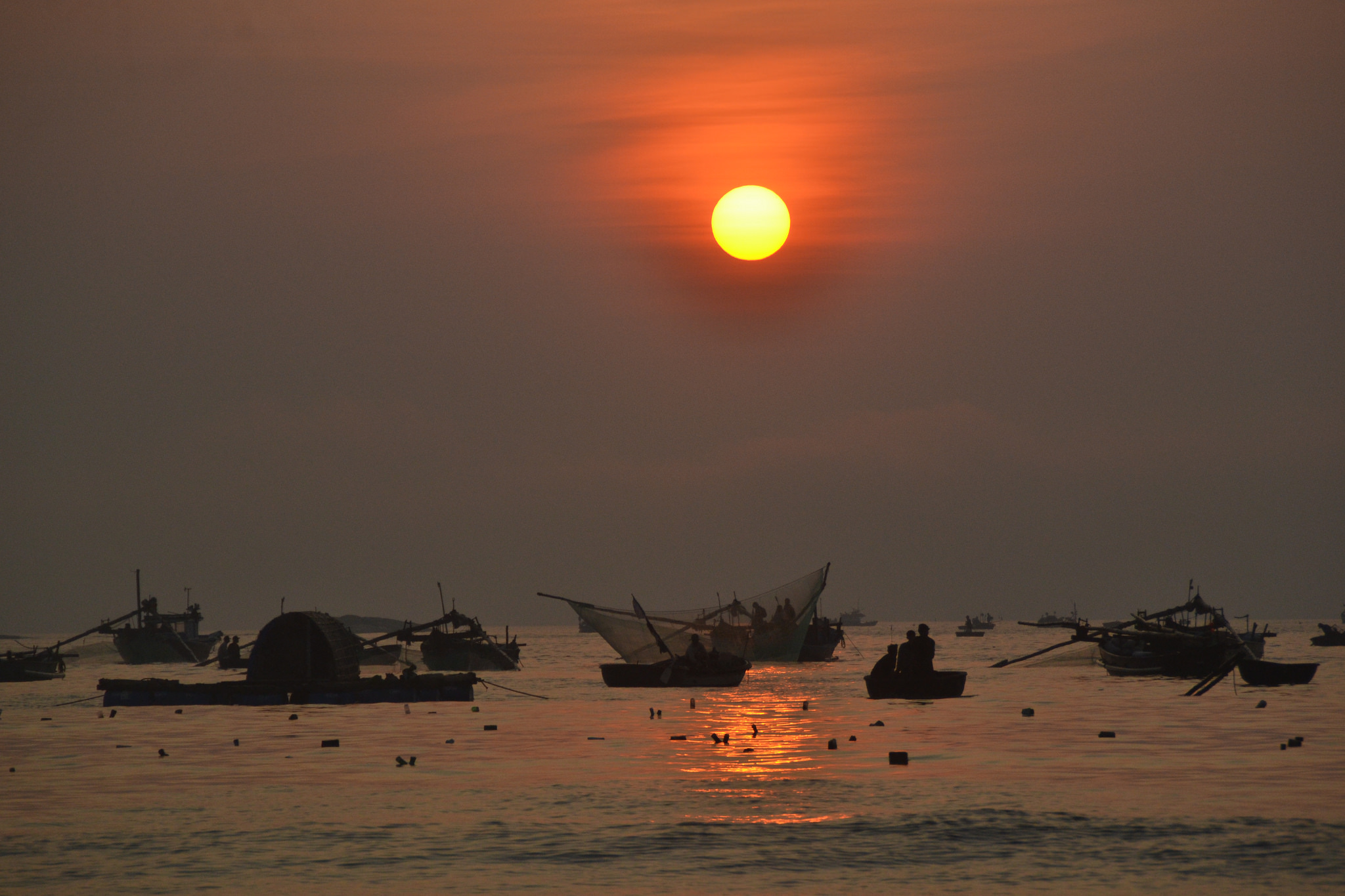
Fisheries on the Mekong
Marian Willuhn
Reviewing Norwegian aid flows towards the water and sanitation sector will show that in the last fifteen years Vietnam has been the biggest recipient of development funds earmarked for water and sanitation. More than a dozen projects worth around 250m NOK ranging from the building of new waste water treatment plants, and fresh water supply distribution systems, to capacity building programmes and vocational training centres have been tendered through Norway, since 2000.
In the recent decades Vietnam has experienced a population growth of little over 3% per year and is currently one of the fastest urbanising countries in the world. The constantly growing economy should be reason rejoice in hope that the increased cash flow would allow for more basic amenities to be realised. The growth of populations, cities and the economy, however, pose immense challenges to Vietnam’s infrastructure as small villages become small cities, without the local authorities having the chance to keep up with building the facilities for it. Access to drinking water, sanitation systems, sewage structures and solid waste treatment are tremendously important for public health and well-being, as insufficient sanitation can lead to spread of diseases and environmental pollution and thus hinder the proliferation of human rights and SDG’s.
“20% of the solid waste is treated in a sanitary manner”
According to the Norwegian Ministry of Foreign Affairs (UD) Vietnam had an average waste production of 22m tonnes per year in 2011, whereby 80% of the waste was produced by municipalities, meaning small business, but primarily households. Despite the fact that urban areas only make up for 24% of the population, 50% of the countries’ waste is produced in cities.
Furthermore the World Bank noted in 2004 only 71% of the waste in urban areas and less than 20% of the waste in rural areas is collected by a municipal collections service, which is a comparatively low number for south East Asia. This number has slightly risen in 2011; 85% of the waste in urban areas would be collected, but hardly any improvements in the rural part. Around 80% of the waste in Vietnam is dumped on poorly operated landfill sites with severely negative effects for the environment. Only 20% of the solid waste is treated in a sanitary manner. In 2004 only half of the hazardous hospital wastes could be treated as there was a shortage of adequate facilities, which poses an immense risk of the spread of infectious diseases.

Vietnamese Fishermen by the coast
Concerning the water supply UD notes that despite 2bn USD investment in the last decades; the infrastructure of fresh water production and distribution currently covers only 76% of the countries’ population, with some small city communities having around 25% coverage. The report blames uneconomical pricing policies for the problem, as water tariffs are very low, even for Vietnamese standards. Most water companies do not get a full cost recovery from investments into the infrastructure and are therefore not incentivised to improve or even maintain the facilities.
Wastewater treatment is poorly developed in Vietnam, as of 2004 there were only 7 wastewater treatment plants in the 63 provinces, which results in less than 10% of the wastewater being treated at all. 76% of the big city households and 25% of the small city households had a septic tank construction in order to provide some treatment to the wastewater, though it was noticed that septic tanks are not suitable for the job and seepage caused surface water pollution levels to rise. Newly build underground canalisation systems often lack adequate planning and design flaws render the new constructions dysfunctional. Major problems concerning contamination of surface water and the protection of the environment have been the result of this.

Wastewater Treatment Plant
It might appear surprising that Vietnam is a major recipient of Norwegian aid for the water and sanitation sector, as the country is far from considered dangerously poor. While it is true that Vietnam’s economy is running well, the countries urbanisation and population growth is disproportionally bigger than the economic growth, rendering a timely improvement of the infrastructure impossible. This backlog of infrastructural works creates issues in implementing SDG’s and Human Rights.

Wastewater Treatment Plant
“Higher competitiveness reach better results”
Vietnam’s government is has made large investments into the sector but had experienced that its sector budget post simply was not big enough to attain 100% water supply and sewerage coverage. As a matter of fact the World Bank reported that the state owned water supply company is poorly run and Vietnam should opt for a transition into privatisation. Under the World Bank ideological paradigms privately run companies, through higher competitiveness reach better results, effectively bringing more clean water to more people. Research on the matter, however, shows that privatising is not necessarily the most effective way to combat poorly run management and corruption, as such practices can obviously continue despite the company being now privately run. Instead of pursuing the privatisation scheme and anti-corruption would have had a more positive outcome
According to a 2011 World Bank sector assessment Vietnam had a total of 79 water utilities out of which 29 are integrated water and wastewater system and 50 are water supply only systems. 51 of the utilities were state-owned and 23 equities; meaning that the company was technically private but the state was the biggest shareholder and only five were fully private entities.
“Universal fresh water supply and sewerage access by 2025”
Currently there no further plans to build more wastewater treatment plants or similar construction in order to improve the pollution levels of the surface water. We have yet to see whether Vietnam can now maintain and expand the sewerage and fresh water network. The human right to water has not been fully realised and there are still shortcomings in the SDG implementation, but the plan as laid out by Vietnam aspires to have universal fresh water supply and sewerage access by 2025. In order to achieve that goal the country needs to invest more into the sector and build water supply systems and sewerage systems. Combating corruption and stopping big industries and the mining sector from disposing their waste into the Mekong are the next crucial steps in order for this to become a success story.

